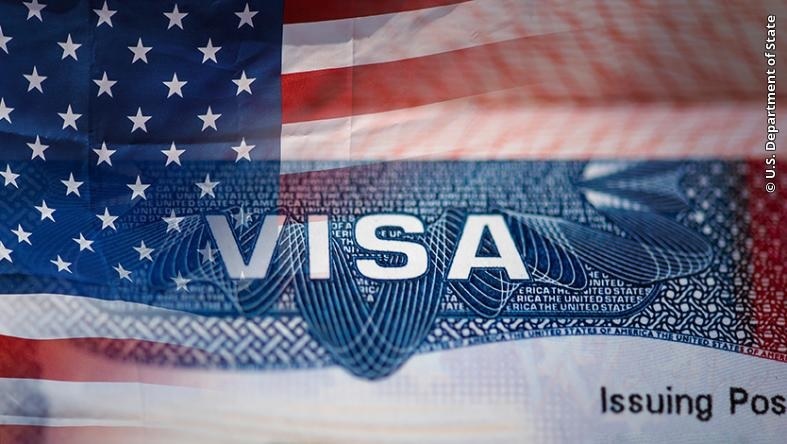H-1B hires switching jobs at record rates: think tank

From fiscal year 2005 to 2023, H‑1B workers changed jobs over a million times with a five-fold increase in switches
Contrary to claims of critics of the H‑1B visa that it ties them to a single employer for long periods, these skilled foreign workers are leaving their initial H‑1B employers more than ever.
Although they face more obstacles to changing jobs, H‑1B workers are not tied to a single employer and they change jobs regularly, according to a Washington think tank. They also receive wages in the top 10 percent of wage earners in the United States.
Over the last few years, Indian tech professionals have cornered more than 70% of the annual quota of 85,000 H-1B visas for skilled foreign workers, including 20,000 for those with a master’s degree from a US institution.
READ: H-1B visa can be restrictive for career path (February 25, 2023)
From fiscal year 2005 to 2023, H‑1B workers changed jobs over a million times (1,090,890), David J. Bier, the director of immigration studies at the Cato Institute, noted in a blog post
The number of switches grew from about 24,000 in 2005 to a record 130,576 in 2022—a more than fivefold increase. In fiscal year 2023, H‑1B workers changed jobs 117,153 times, a slight decline from 2022.
On another point, H‑1B job shifting is more common than H‑1B workers starting H‑1B employment for the first time, Bier stated. In 2023, about 61% of all H‑1B workers starting with a new employer were existing H‑1B workers hired away from other employers in the United States.
This means that US employers are more likely to hire an H‑1B worker already in the United States in H‑1B status as they are to hire a new H‑1B worker not already with H‑1B status.
Several causes for this increase are possible, according to Bier. The labor market has generally been tighter, leading to more job switching in general.
READ: Layoffs make the US a risky place to work (February 1, 2023)
In addition, more H‑1B workers are employed in the United States now for other employers to poach, and because the H‑1B cap has been so quickly meeting every year since 2014, there is more reason to poach, he noted. The government also made it somewhat easier to switch H‑1B jobs in 2017 by giving them a 60-day grace period to find a new job after losing a job.
Finally, the jump in switching in 2021 is at least partially attributable to the record number of green card applications filed that year. After 180 days, H‑1B workers who have filed a green card application may change jobs without the employer being forced to restart the green card process, easing the job-switching process.
However, in 2022, the number of pending employment‐based green card applications declined from 2021, so this is only part of the story, he stated.
READ: Laid-off employees on H-1B visas share their stories (January 27, 2023)
“Of course, it is true that H‑1B workers are still not treated equally in the labor market,” Bier wrote. “New H‑1B employers have to pay hefty fees to poach them, and the shortage of green cards for Indian workers can wrongly make those workers feel that they have to stick with their existing employer to complete that process.”
The best solution would be to make the conversion to a green card automatic rather than requiring a renewal after three years, he suggested. The 60‐day grace period to find a new job is still not long enough to give many workers the confidence to simply quit a problematic job without a new one already lined up, Bier wrote.
Bier cited a Pew Research Center report that 2.1% of college graduates changed jobs per month in 2022. The population of H‑1B workers is estimated to be about 580,000. The data aren’t directly comparable, but with just over 117,000 H‑1B transfers in 2023, this implies a monthly job change rate of 1.7 percent — just a bit lower.
READ: Amid job cuts, does an H-1B visa still hold its charm? (January 23, 2023)
The fact is that the government has wrongly unleveled the playing field for H‑1B workers by erecting artificial barriers to job change, but options exist to find better employment within the H‑1B system, Bier wrote.
The government should expand those options rather than try to reduce or eliminate these workers who contribute so significantly to the fields of science, technology, engineering, math, and medicine, he suggested.

